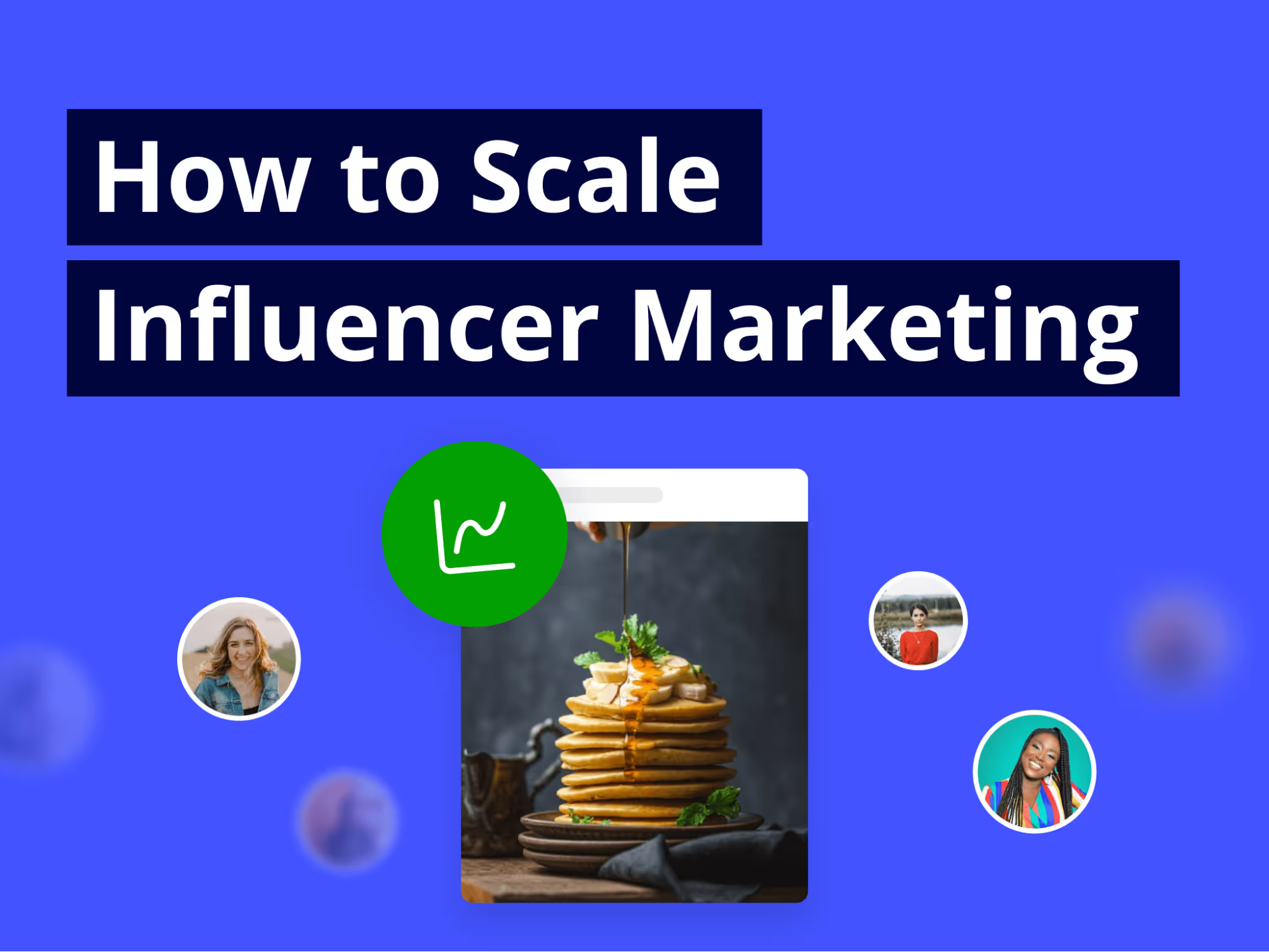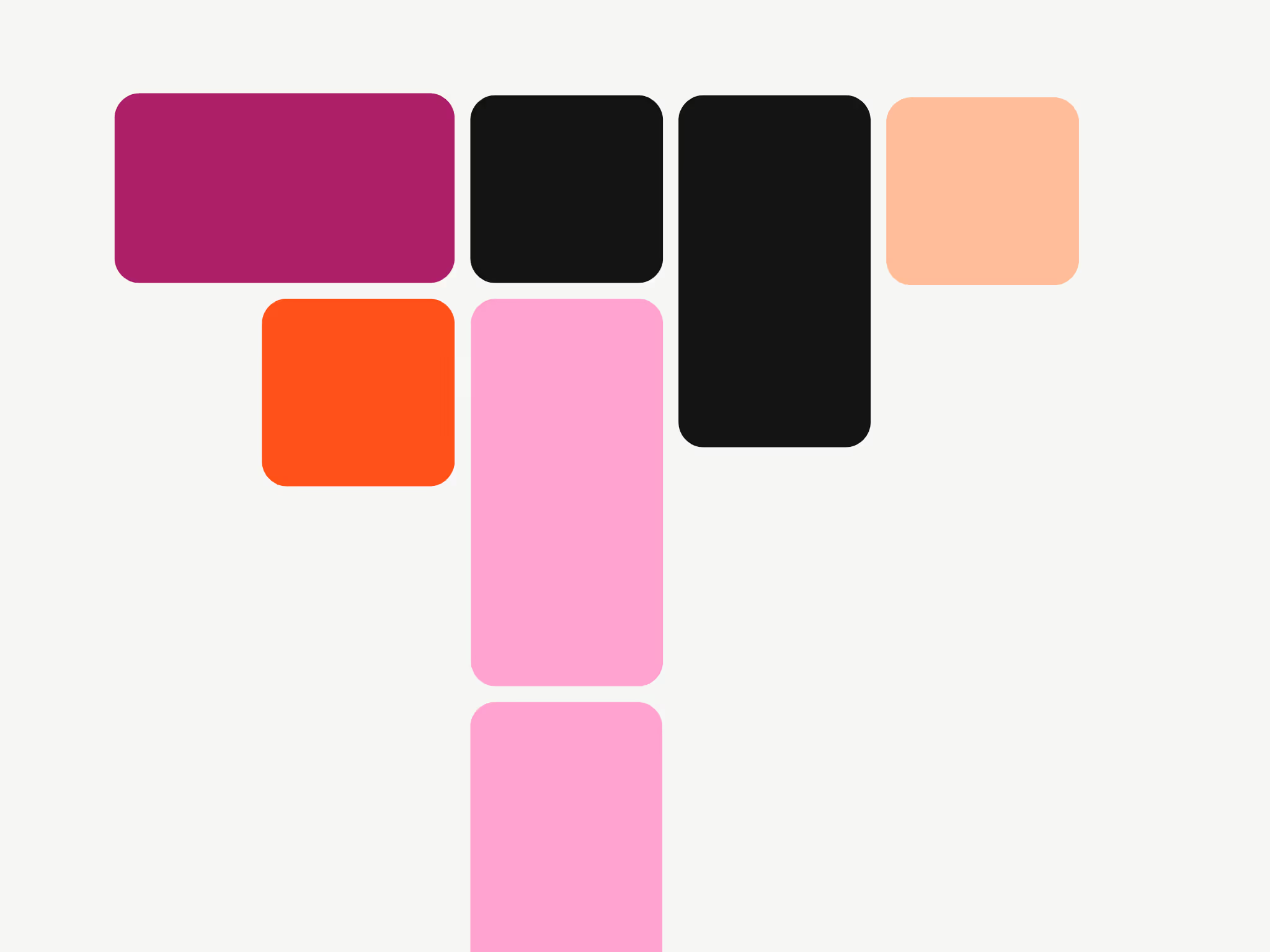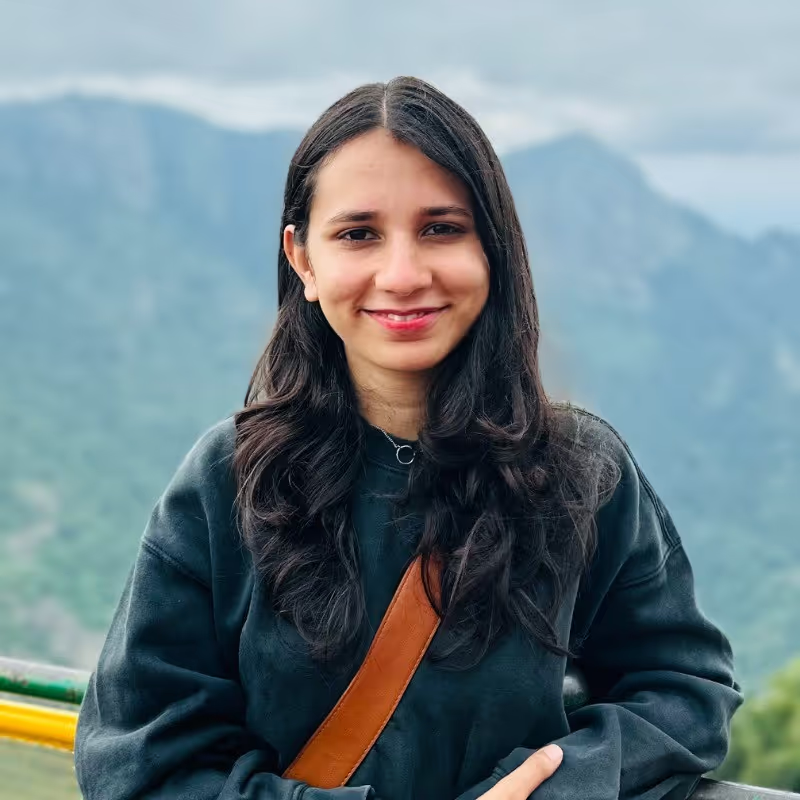Influencer marketing is manageable when you’re just starting out with a handful of partnerships, 1:1 communication, and manual content tracking. But what happens when…
👉… you’ve recruited more influencers?
👉… you start struggling to keep track of all your influencer-generated content?
👉… your team members get overwhelmed by having to manage communications and campaigns?
If scaling your influencer marketing program is at the top of your to-do list this year, you’re in the right place. Here’s how to scale your influencer marketing efforts in just five steps – without burning out.
Step #1: Optimize what’s already working
Think of influencer marketing as a production line where lots of small actions combine to create a successful campaign. In order to scale the results of your campaigns, you also need to scale all those individual tasks.
For example, let’s say last quarter you ran a high-performing campaign with 15 influencers. To get those 15 onboard, you had to reach out to 50 influencers in total. Now, your boss wants you to run a campaign with 50 influencers 💀
Realistically, scaling to that level would involve
👉 Reaching out to 150+ influencers to get 50 confirmed partners for your new campaign…
👉 Negotiating with, contracting, and briefing more than 3X as many influencers as for your last campaign…
👉 Not to mention tracking 3X the live influencer content…
👉 … And having to report on that many more metrics.
Now that you’ve considered all the extra work required to hit your new objective, ask yourself: What’s my plan for making this happen with the resources we currently have? Is it even possible? Or do we need to grow our team and/or save time with influencer marketing software and automation?
To answer those questions, look for the “low-hanging fruit” from your previous (successful) campaigns:
👉 Which influencers, content, and channels performed best?
👉 Is it worth teaming up with the same influencers again?
👉 How can you generate similar content?
👉 What was it about those channels that worked for your brand?
If you have sufficient bandwidth in your team, start to scale by partnering with people who are similar to your previous top-performing influencers.
Alternatively, if you can’t realistically increase your influencer count right now, consider turning your best-performing influencers into brand ambassadors. Creating a brand ambassador program is cheaper than partnering with new creators and offers plenty of benefits, including:
✅ Exclusivity from influencers
✅ Deeper commitment to your brand
✅ Fewer barriers to scaling compared to “regular” influencer collabs
Beauty Works is a champion at transforming its best influencers into brand ambassadors. For instance, they launched an exclusive collection with influencer Ekin-Su Cülcüloğlu:
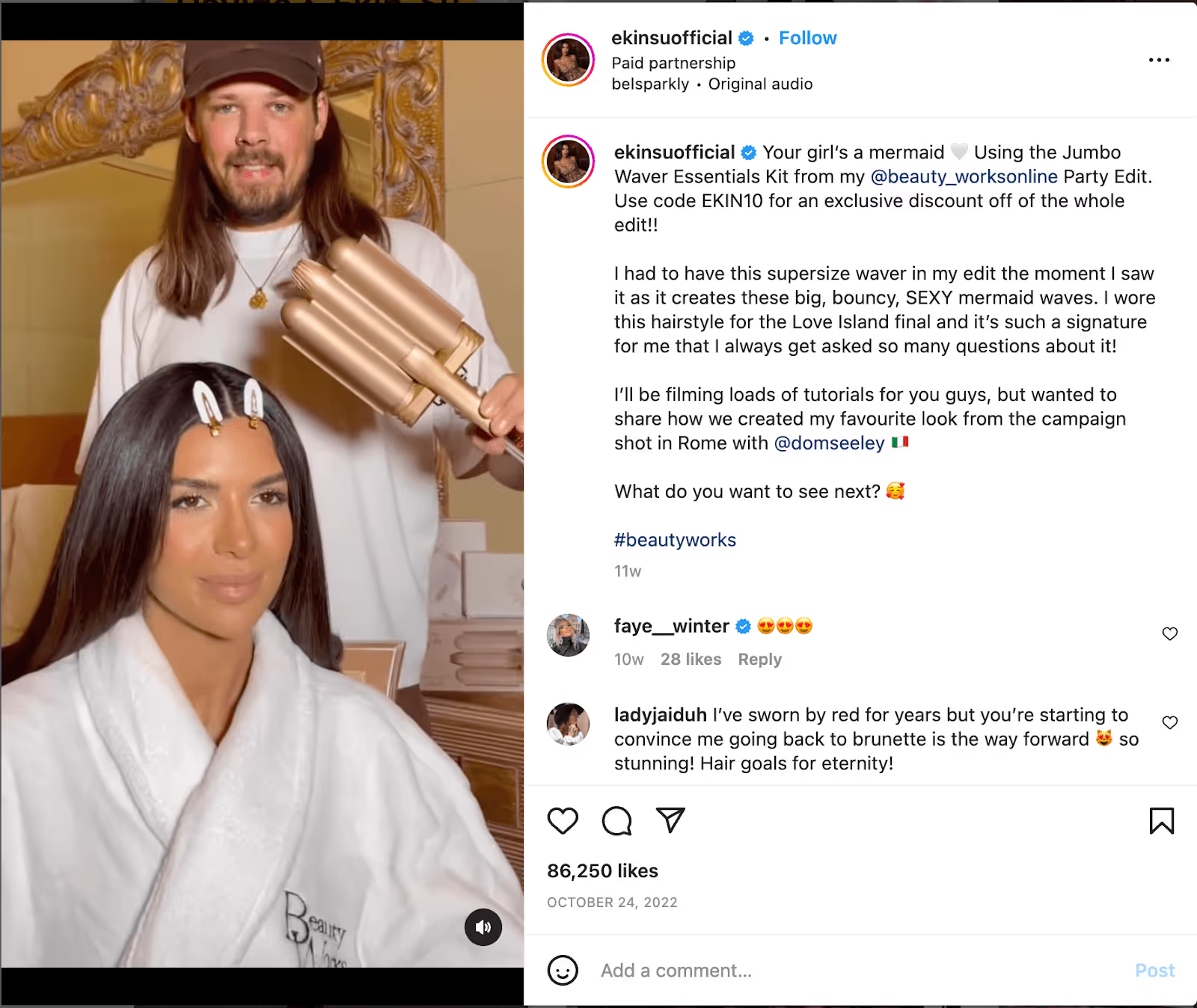
Whether it’s a particular channel, a cheerleading squad of your favorite creators, or a highly specific content niche, scale by doubling down on what already works.
Step #2: Eliminate time-sucking logistics
One of the biggest barriers to scaling influencer marketing is handling all the extra admin. Cut it out and not only will you free up a ton of time, but you also might be able to scale your program without growing your team’s headcount.
Fortunately, you can shave hours off your workload by making effective use of:
- Templates
- Automations
- Documentation
Naturally, some of those cost money – but Andreea Moise insists you shouldn’t let that put you off.
Typically, the following influencer marketing actions are easiest to automate or templatize:
- Collecting live influencer content: You can do this automatically using influencer tracking tools.
- Briefing influencers: Try duplicating the same influencer briefing template for each campaign.
- Influencer onboarding: Create an automated influencer onboarding email sequence using your existing email marketing platform.
- Creating influencer-friendly product packaging: Use a platform like Arka to create personalized packaging for influencers at scale.
- Influencer contracting: Create a standard influencer contract template and update it for each new influencer you bring on.
- Answering influencer questions: Create a document or landing page featuring common FAQs and their explanation.
- Influencer outreach: Develop your own influencer outreach templates, like the one below, to scale your email/DM game.
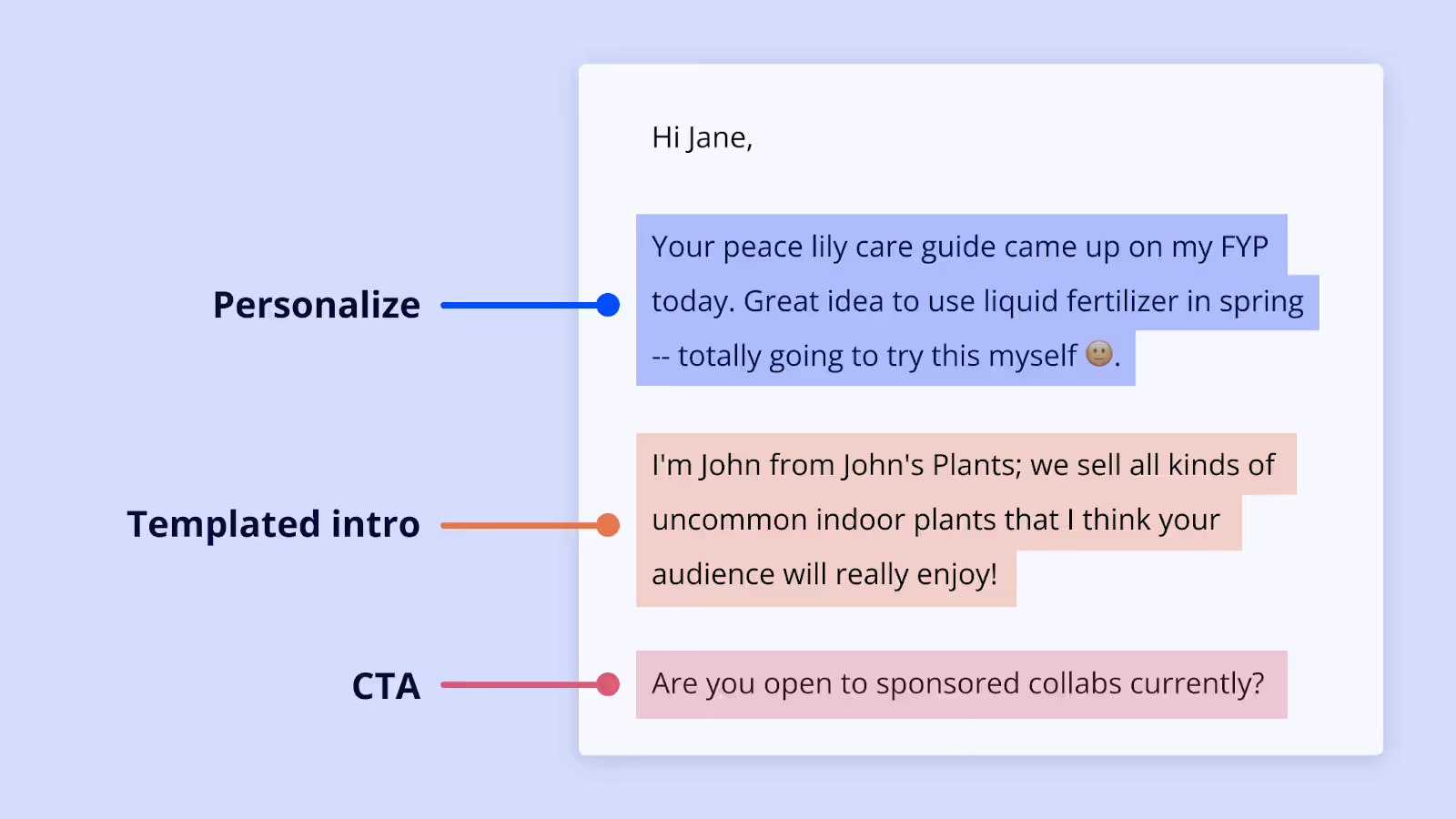
The easiest way to scale is to reduce the time spent on repetitive activities. Fortunately, with the wealth of influencer marketing software that exists today, you can automate or templatize most tasks in your workflow.
Step #3: Streamline influencer discovery
There’s nothing more soul-sucking than spending hours on your For You page searching for your next influencer partner. Worse, you’re still not 100% sure whether they could bring you a positive ROI.
Save yourself precious time and effort by looking back at previous campaigns, like you did in Step 1, and identify your lowest-hanging fruit, aka your best-performing influencer partners.
For starters, you might be able to work with some (or all) of the same creators again. You can also use the data to create a model for the kind of influencer you’re looking for. After all, you know who worked last time; now you’ve just gotta find more of those people.
Okay, cool – so how do you track them down?
Hashtags can do some of the legwork for you. For instance, imagine you work for jewelry brand Regal Rose, and you’ve noticed that your top-performing influencers use some of the same hashtags – like #darkfashion (spoooky).
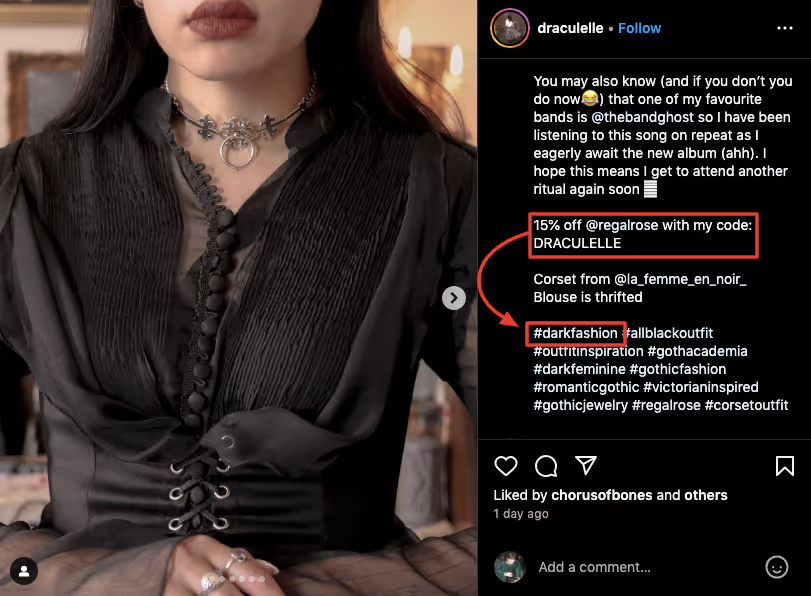
Searching for that hashtag will likely bring up a ton of similar content creators – some of whom will be influencers with audiences who’d love to hear more about Regal Rose’s products.

Slide into their DMs, and you’ve got yourself a bunch of new influencer partners.
And since we’re here to scale, it’s best to cut out as much manual work as possible. That’s why it’s well worth automating the process using an influencer discovery and vetting tool (*cough* Modash *cough*).
With Modash, you can search for influencers, check their performance and audience data, and find their emails – all in a few clicks. Our influencer database contains a whopping 200M+ influencers across TikTok, Instagram, and YouTube.
Find influencers who match your desired criteria exactly…

…then use our audience metrics to ensure your prospective influencer partners are reaching the right people 🔎
Like, sure, if you work at a women’s fitness brand, you might think a female fitness influencer is an obvious fit for your next campaign. But if 80% of her audience are dudes, you’ll be wasting your money.
Once you’ve identified a potential influencer, dig into their profile using our vetting tool to get a detailed breakdown of their…
👉 Engagement rate
👉 Average comments, likes, and Reel plays
👉 Most-used hashtags
👉 And more!
Here’s an example of what this data looks like for Beyoncé, for example:
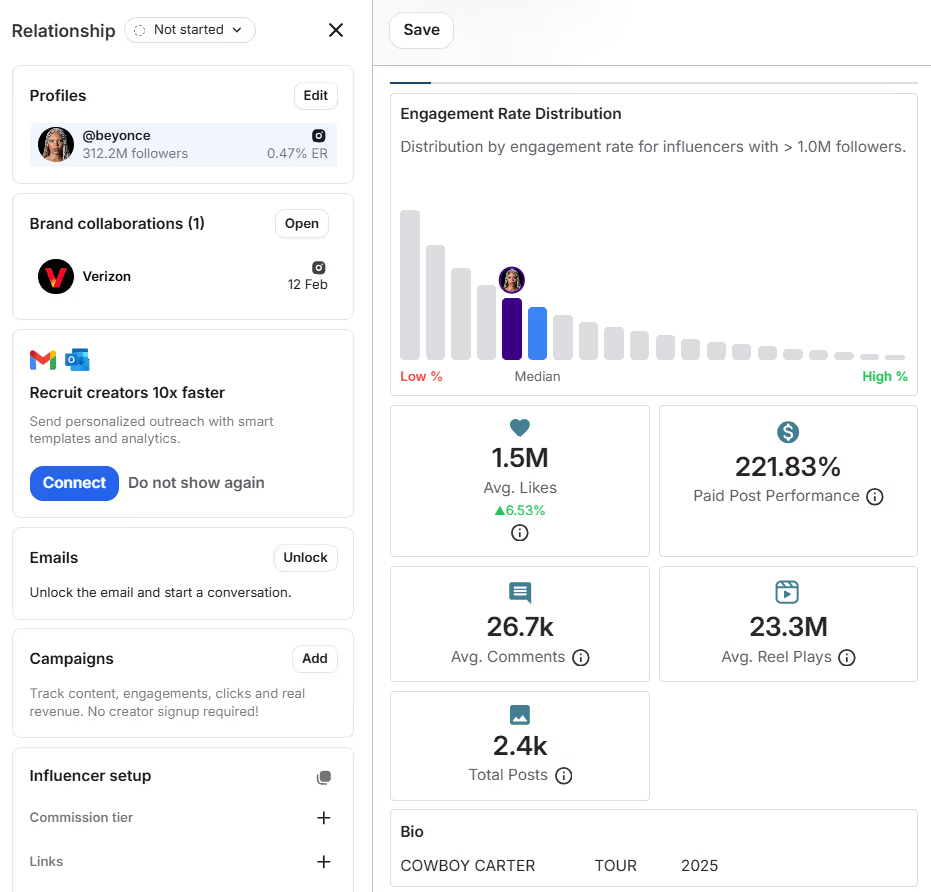
And you can save yourself even more time by using lookalike searches to find influencers and audiences similar to those that have worked well for you in the past.
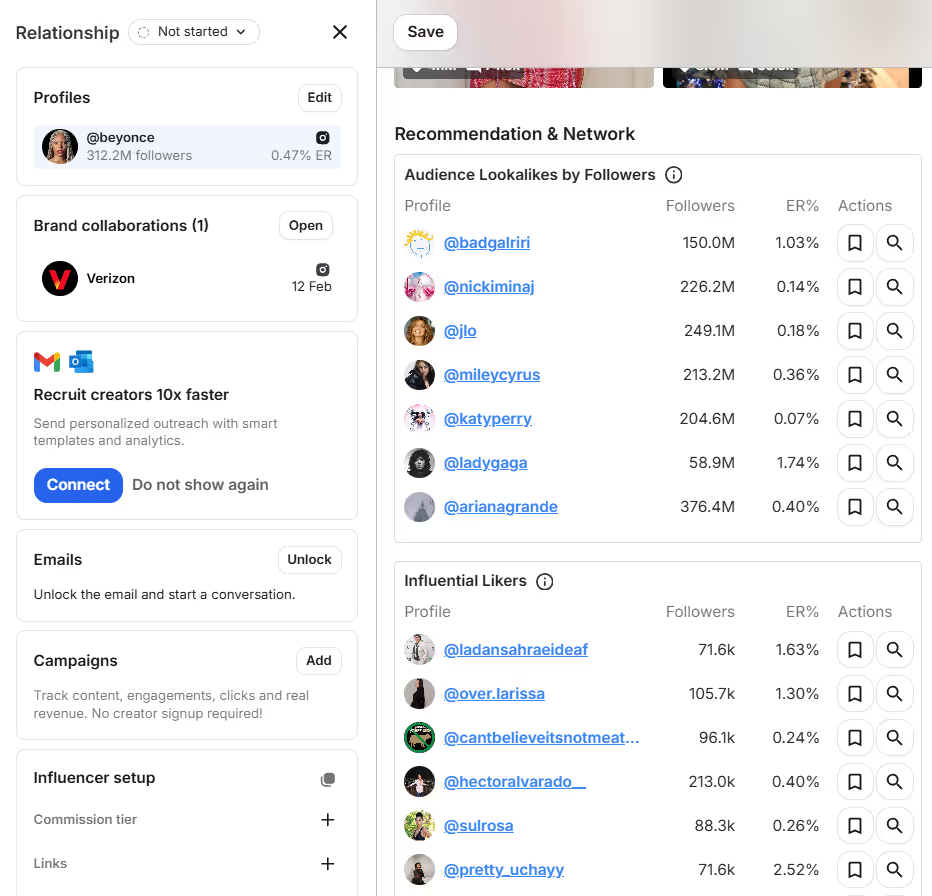
Sure, it’s technically possible to do all your influencer recruitment manually, saving you the monthly cost of an influencer marketing platform. But it’s also super time-consuming, so it’ll be a whole lot harder to scale up.
⏳ See how much time you could save by trying Modash for free for 14 days!
Step #4: Develop your own pricing benchmark
In the early days of running influencer campaigns, you’re working with only a handful of influencers, so you can afford to spend as long as it takes to negotiate bespoke payment deals with each.
But that’s not gonna cut it when you’re recruiting dozens of influencers a month.
The scalable solution is to develop your own pricing benchmark based on previous successful campaigns. That way, you can at least make educated guesses about:
👉 Typical influencer rates in your desired niche
👉 The basic range of prices per deliverable
👉 What sort of results you can anticipate
It just takes some simple math to create your benchmark.
For example, say you worked with 15 smaller, niche Instagram influencers, each of whom shared a single Reel about your product. Based on our ballpark figures for Instagram influencer pricing, we’ll assume that each Reel costs you around $750.
In total, you spent $11,250 for 15 Reels. Now, let’s say those Reels generated $20,000 in sales. If your costs and deliverables stay the same, you can estimate that scaling up to 50 influencers will earn you about $65,000.
Now, when it comes to scaling your offer, there are many ways to pay influencers. The simplest option for most brands is to offer performance-based pay, which means you pay influencers a part of each sale they bring in. This approach is:
✅ Low-risk: You only pay when your influencer partner drives a specific action (typically, a sale). So you’re not wasting time and money on partnerships that deliver zero ROI.
✅ High-reward: You ensure every influencer brings in tangible results. Plus, since influencers take a commission on each sale they generate, they’re incentivized to bring you more money.
How do you kick off performance-based influencer marketing? Create trackable affiliate codes or UTM links to attribute traffic and conversions to a specific creator. For example, Keara Callahan promotes her unique discount code, KEARACALLAHAN50, so her audience can save on their first order from Kinder Beauty.

So that way, you can recruit as many influencers as you need using performance-based pay deals – problem solved, right?
Unfortunately, nothing’s ever that easy.
While almost two-thirds of influencer marketers say that creators are becoming more open to performance-based (aka affiliate) arrangements…

… the fact remains that this approach won’t fly all the time.
If you’re trying to work with more established influencers who have larger followings, you’ll find that many would rather slap themselves in the face than accept a commission-only deal.
When facing objections around performance-based pricing, one alternative is to propose a hybrid deal combining a (smaller) upfront fee in addition to commissions.
Anna-Maria Klappenbach says this approach can help you get more value from influencers with higher rates.
For instance, you could agree on a rate of $300 per deliverable. If/when the influencer generates $300 in sales, they’d unlock a performance-based bonus on all subsequent sales.
Not only is it a great incentive for the influencer, but it helps the brand recoup their costs – win-win!
🤓 Pro tip: Another pointer for scaling influencer pricing and negotiation is to reuse previous (relevant) contracts as templates for your new influencer partners. Learn more in 7 Things To Include In An Influencer Contract (+ Free Template).
Step #5: Scale content tracking and measurement
Tracking live influencer content is another major headache for scaling influencer campaigns.
Essentially, you’ve got two options:
👉 Manually track and link to content, pull insights, and ask influencers for screenshots, or
👉 Use a paid tool to handle the legwork for you.
The manual option is fine if you’re only working with a handful of influencers. And, to some extent, you can scale it by asking your influencer partners to include specific branded hashtags and/or tag your company profile in their posts.
But it’s a seriously heavy lift if you’re working with dozens of influencers at a time – and forget about trying to capture Stories before they vanish into the ether!
Sooner or later, you’re gonna need to streamline the tracking process by purchasing influencer tracking software. Again, some simple math can help us find the tipping point.
In the US, influencer marketing specialists earn an average of $32.87 per hour.

Now, say you spend 5 hours a month tracking content from 15 influencers. When you scale up to 50 influencers, it’s safe to assume your tracking time will increase to 15+ hours a month – worth roughly $500 of your time based on the median pay rate.
Modash can reduce all that influencer campaign tracking time to pretty much zero through automation.
For instance, our Event Mode automatically collects every piece of content an influencer creates during a set period.
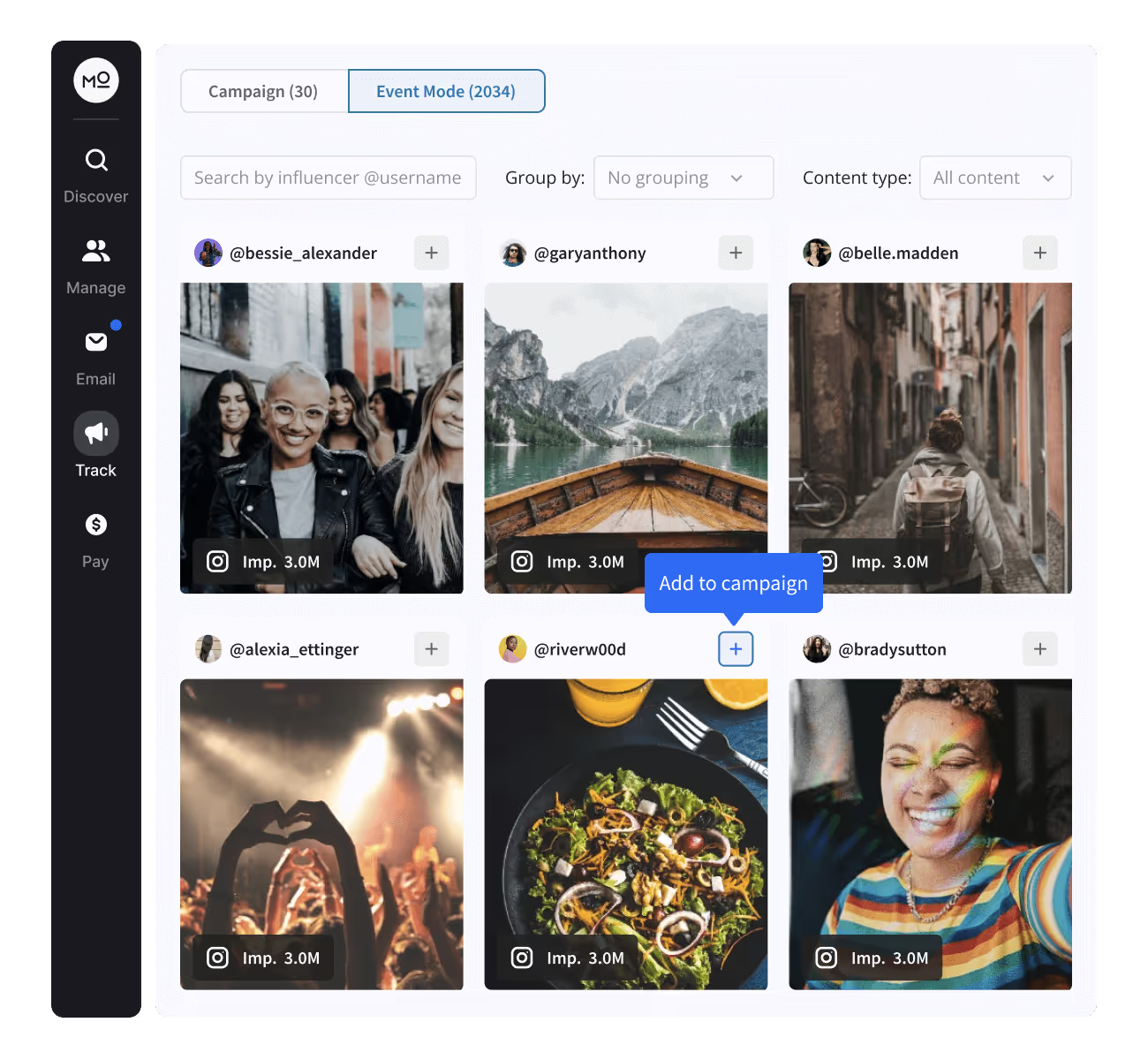
So even if an influencer forgets to add the right hashtags or doesn’t tag your brand, you’ll still gather up all their content – yep, even Stories.
Modash plans start at $299 per month (or $199 per month if you pay yearly). So at that level, you’re actually saving money based on the average influencer marketer’s hourly rate.
Pro influencer marketer Marit Tiesema says this sort of mathematical approach can help you persuade your leadership team that you need more budget and/or resources to scale influencer marketing effectively.
🤓 Pro tip: Even if you’re paying for a tracking tool, it’s worth pulling data into a spreadsheet to figure out which influencers perform the best and to isolate the variables that generate the most sales, engagements, etc.
Scale influencer marketing by doubling down on what works
If you’re ready to scale influencer marketing, that suggests you’re already seeing decent results from smaller-scale influencer campaigns, in which case there’s no need to reinvent the wheel.
Instead, you should double down on the most successful elements of what you’re already doing. Generating a ton of sales from a certain type of influencer? Great – now find more of them.
And when you run out of internal resources to handle all the extra admin, it’s time to reduce the burden by using influencer marketing software to automate processes like:
👉 Searching for influencers
👉 Reaching out to potential influencer partners
👉 Tracking live influencer content
Test Modash’s full suite of tools and automations with a 14-day free trial – no credit card details required 🙅


